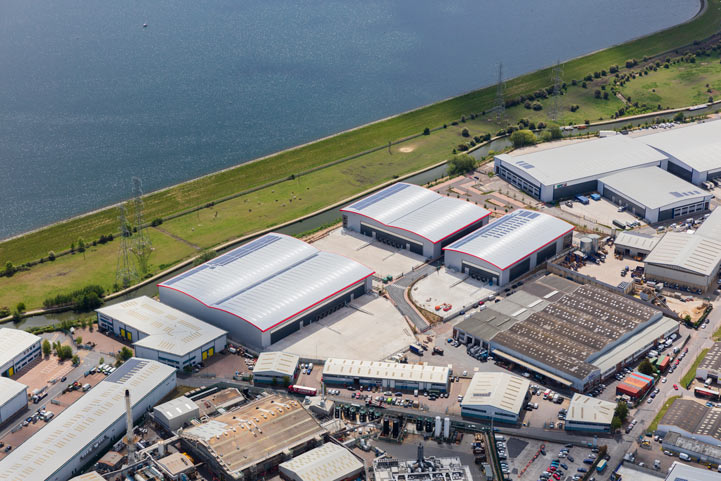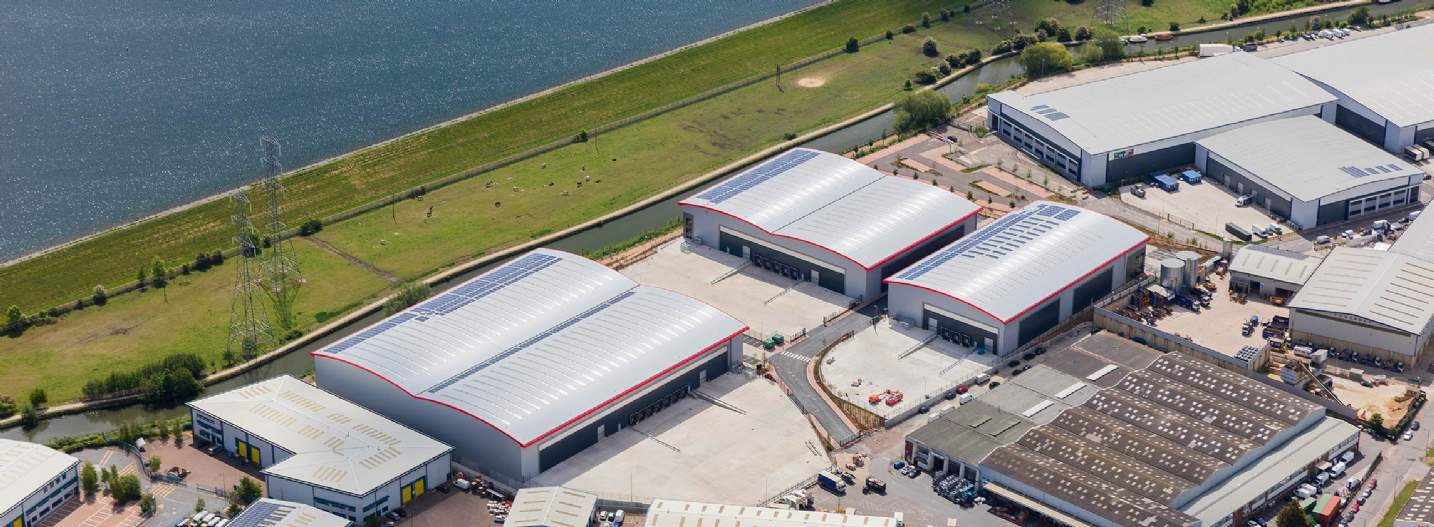93% of space transacted in H1 2024 has been Grade A quality

SEGRO Park Enfield, providing c.235,000 sq ft of best-in-class space. Savills is the agent.
Savills has recorded signs of improvement with the requirements index for units over 100,000 sq ft, reaching its highest point since Q2 2023
Toby Green, Director, Head of London and South East
Supply
Over the past twelve months, supply has increased by 28%, reaching 11.5m sq ft across 68 units. This rise is due to 1.02m sq ft of speculative development completions alongside 2.3m sq ft of second-hand supply returning to the market. Now, the combined vacancy rate stands at 7.98%, the South East stands at 8.98%, and London at 5.92%.
There are, however, variations across the region, with the Southern M40/A1 Corridor and the A10/M11 Corridor undersupplied, given the five-year annual average take-up in each market. In comparison, the Eastern Corridor A13/A12 Corridor and Kent markets could now be considered oversupplied.
Currently, 41% of the available supply is Grade A speculatively developed space, 26% is Grade A space, 14% is Grade B space, and 19% is Grade C space. In terms of unit count, there are 52 units available in the 100,000–200,000 sq ft range, twelve in the 200,000–300,000 sq ft range, and four in the 300,000–400,000 sq ft range.
Take-up
In H1 2024, take-up has reached 1.62m sq ft across eight transactions. Recently, Savills has witnessed improving occupier sentiment, with 7% of the current supply being placed under offer, along with our in-house requirements index for units over 100,000 sq ft being at the highest point since Q2 2023. This gives weight to a greater level of activity in H2 2024.
Of those occupiers that have continued acquiring space, there is still a clear preference towards best-in-class quality buildings. In H1 2024, 93% of space transacted has been Grade A space and 7% has been Grade B space. 84% of space transacted has been second-hand space, 9% has been new speculatively developed space, and 7% BTS space.
BTS activity accounts for, on average, 40% of activity per annum. Despite H1 2024 witnessing a dip in this trend, our in-house requirements data highlights that there is continued demand for BTS units as occupiers look to improve their supply chains; however, there is a continued lack of large consented and deliverable sites across the South East. Viability has also been an issue, yet with improving build costs, bespoke BTS units are becoming more feasible.
In terms of unit count, there have been six transactions within the 100,000–200,000 sq ft size band one within the 300,000–400,000 sq ft size band and one within the 400,000–500,000 sq ft size band. So far third-party logistics firms have accounted for 34% of transactional activity, wholesalers 29%, and food producers 15%.
Development pipeline
There are currently 13 units under construction, totalling 2.69m sq ft. Of these, seven are in the 100,000–200,000 sq ft size band, three are in the 200,000–300,000 sq ft size band, one is in the 300,000–400,000 sq ft size band, and two are in the 400,000–500,000 sq ft size band.
